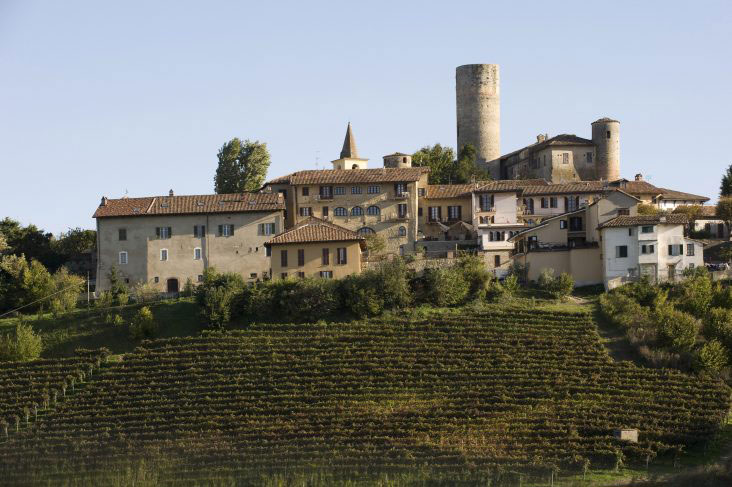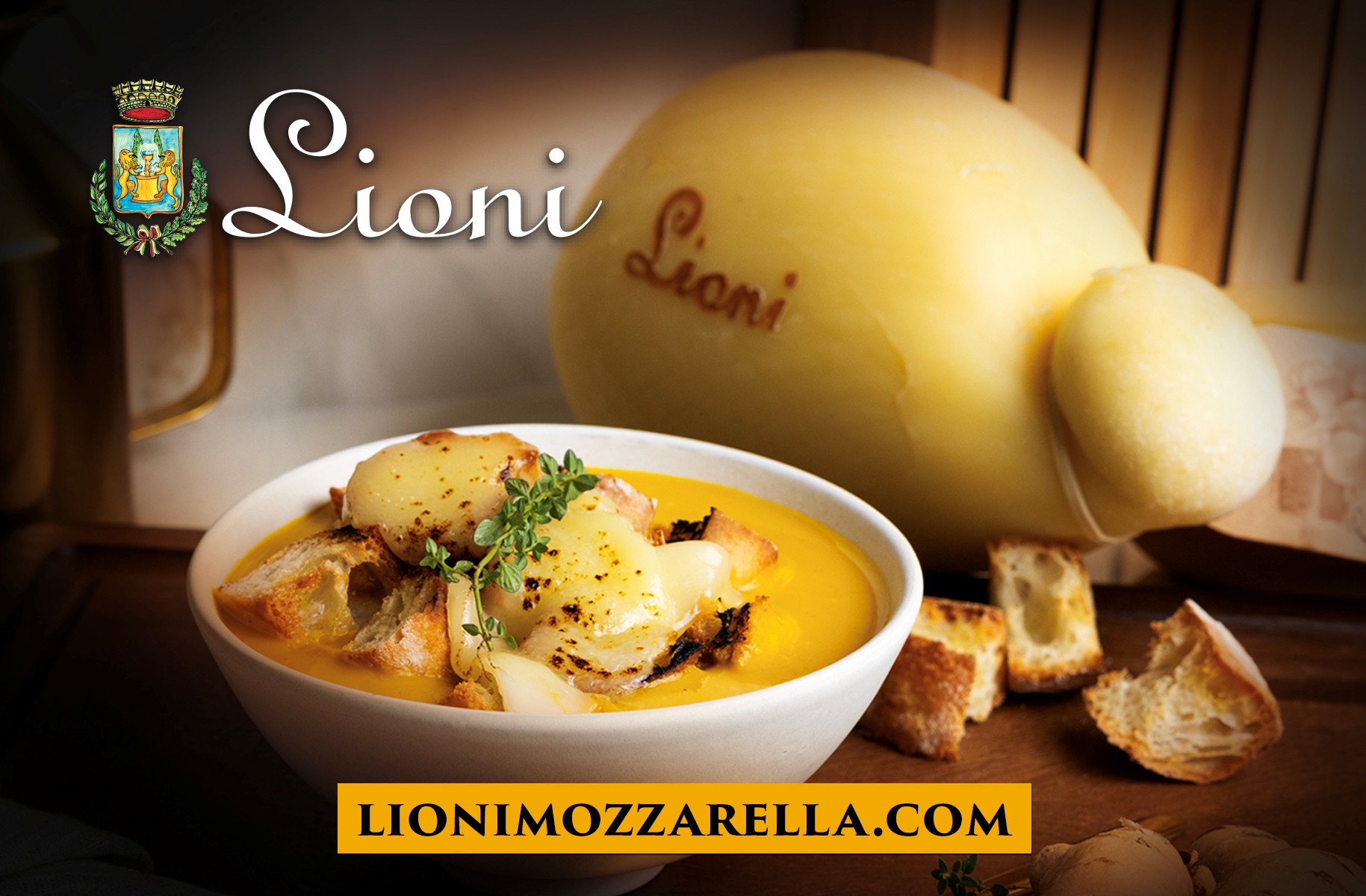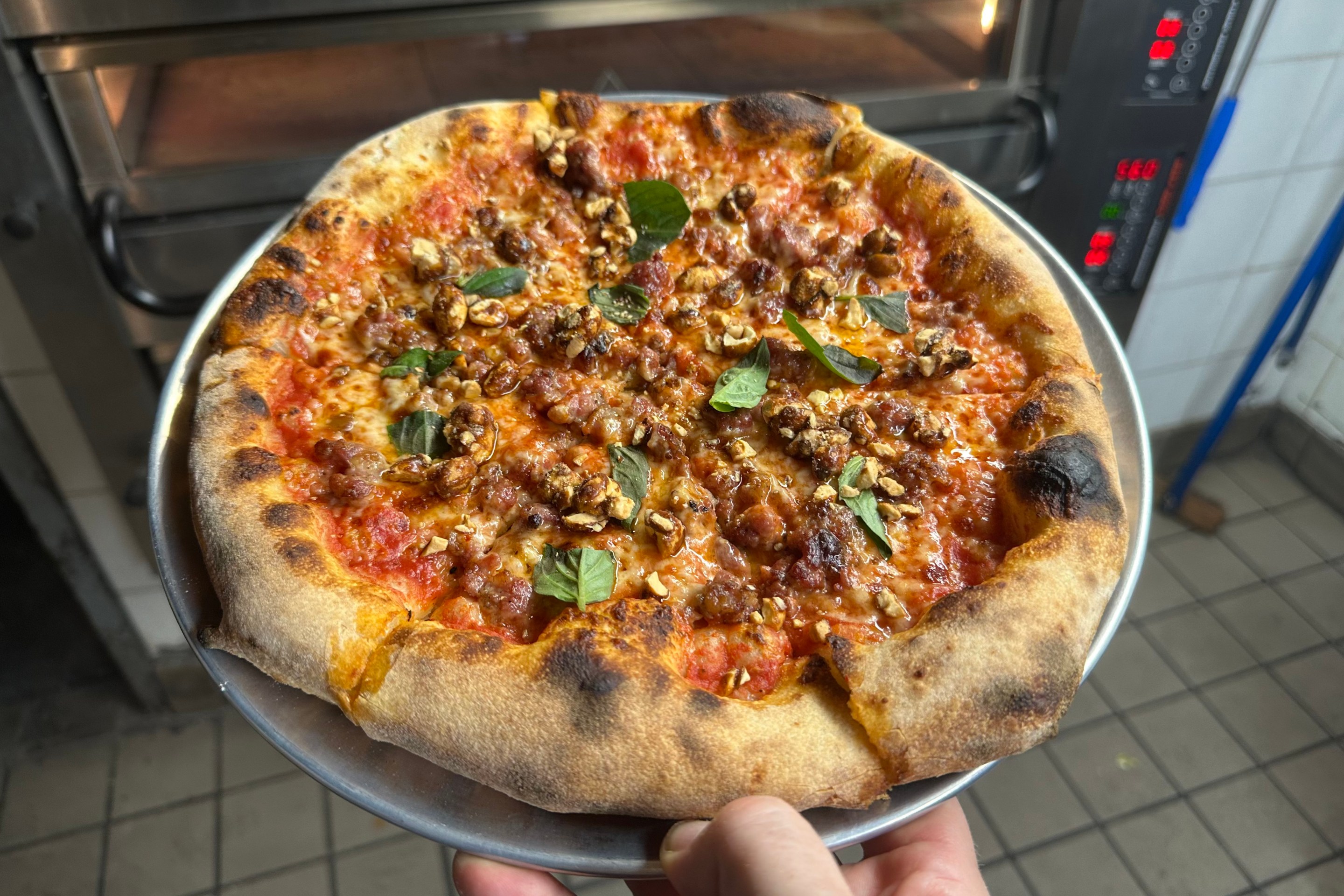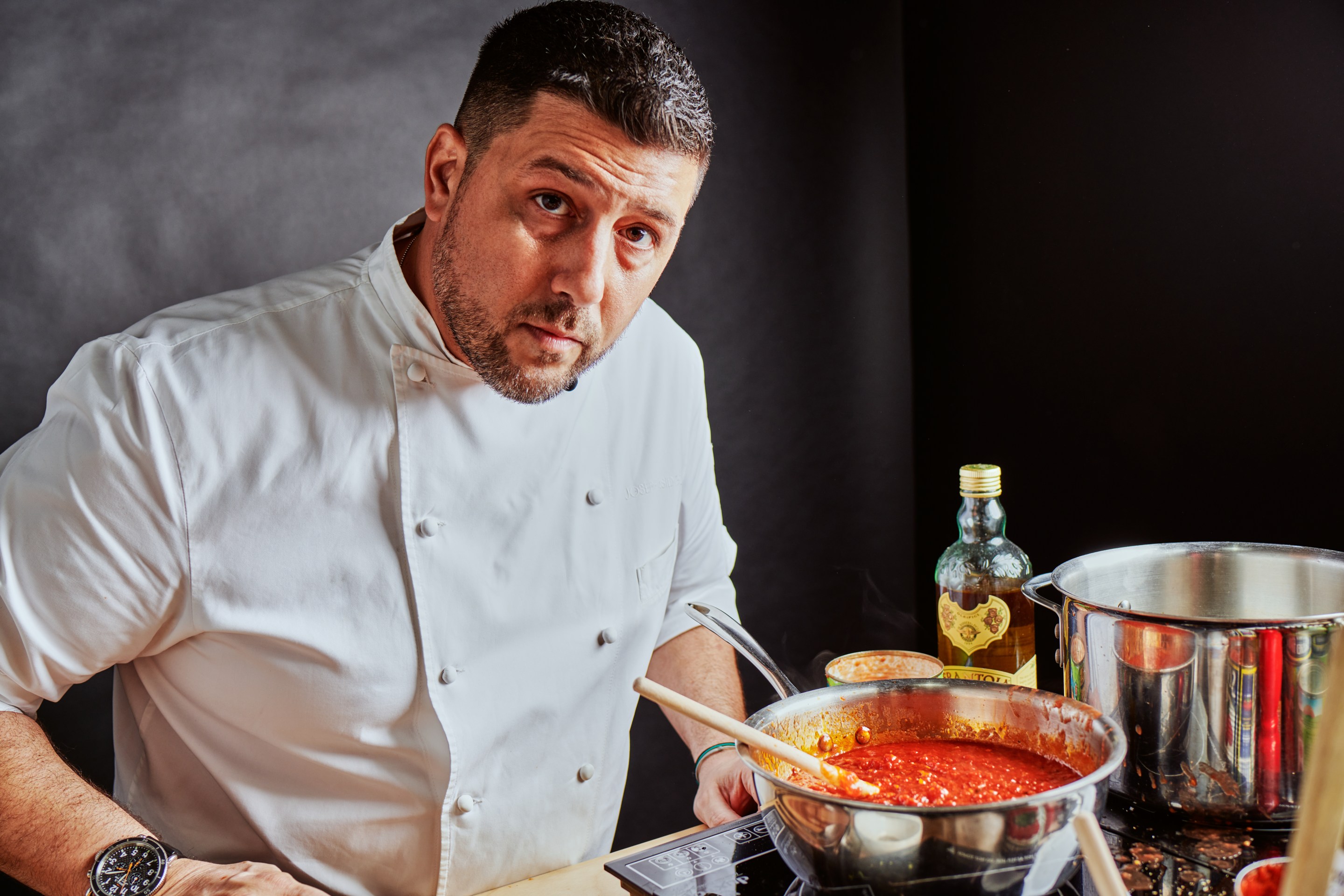Rose, cherry, strawberry, licorice, chocolate, leather, and cloves are common flavors found in wines made from Nebbiolo. Despite these similarities, not all Nebbiolo is created equally. The red grape is synonymous with the Barolo and Barbaresco DOCGs in the Langhe, the backdrop for some of the world’s finest wines. The varied climates, altitudes, and terroir of Nebbiolo’s other production zones add individuality to the wines, so fashioning Barolo and Barbaresco as the benchmark for the variety seems a bit unfair. Winemakers north and northwest of the Langhe are bottling attention-worthy interpretations of the grape, so here’s an overview of the popular and lesser-known Nebbiolo wines from Piedmont and Lombardy.
What is Nebbiolo?
The word “Nebbiolo” originates from the Italian word for fog (la nebbia); some say it references the fog that cloaks the landscape during harvest time, but it’s more likely a nod to the natural powder-like growth that coats the ripened grapes. Finicky and thin-skinned, Nebbiolo blooms early, matures late, and has been cultivated since at least the 13th century. Though the wines pack high acidity, grippy tannins, and a medium to full body, the color lacks the darkness and opacity typical of such structured reds. In addition to the above flavors, the wines may also deliver notes of herbs, nutmeg, black pepper, and even truffles.
The Langhe: Home of Barolo and Barbaresco
The Langhe clings tightly to its reputation as the cradle of Nebbiolo, and with good reason. Even those with a rudimentary knowledge of wine will perk up at the mere mention of Barolo and Barbaresco. Just ten miles apart, the two DOCGs blanket limestone hills in the UNESCO-protected Langhe south of Alba on the Tanaro River's southeast bank. Robust and full-bodied, Barolo and Barbaresco can age for decades in the bottle. Barbaresco is generally less austere; it’s lighter-bodied with softer tannins and, therefore, considered more elegant.
The zone for Barolo, aka the “King of Wines” and the “Wine of Kings,” comprises 11 villages. Barolo, Castiglione Falletto, Serralunga d'Alba La Morra, and Monforte d'Alba being the most important; Cherasco, Diano d'Alba, Grinzane Cavour, Novello, Roddi, and Verduno round out the bunch. In La Morra and Barolo, blue Tortonian marl soil results in delicate, fruity wines, while the Helvatian sandstone of Castiglione Falletto, Monforte d’Alba, and Serralunga d’Alba adds more structure and body.
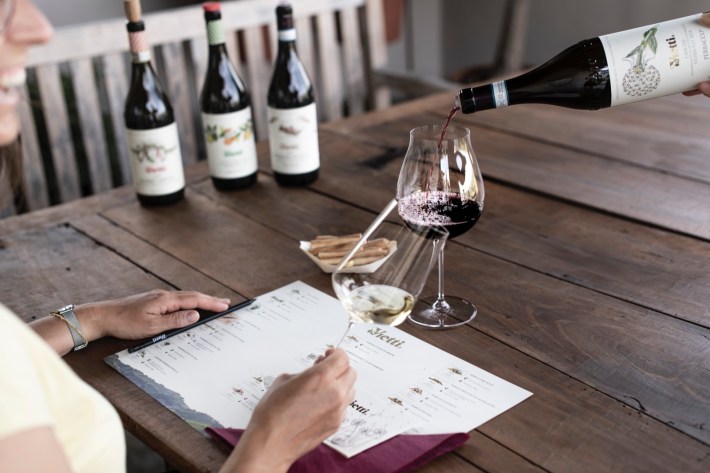
Though locals have cultivated Nebbiolo for centuries, Barolo as we know it was born in 1830 when Juliette Colbert and Carlo Tancredi Falletti, the Marchioness and Marquis of Barolo, began making oak-aged Nebbiolo wine under the still-existing Marchesi di Barolo label, and the rest is history. Today, the DOCG requires at least three years of aging (one in oak) and five (one in oak) for the Riserva.
Barbaresco arrived in 1894 when local winemakers established Cantina Sociale di Barbaresco. Today, the DOCG spans three communes within its calcareous marl hills: Barbaresco, Naive, and Treiso. When Angelo Gaja took over his family winery in 1961, he completely switched gears, implementing edgy winemaking techniques that altered Barbaresco for the better. His peers followed suit, and it wasn’t long before the world caught on and Barbaresco gained global prestige. Today, standard Barbaresco ages for at least 26 months (nine in oak), while the Riserva has a 50-month (nine in oak) minimum.
Also produced in the Langhe, Nebbiolo d’Alba prevails in the hills of Roero, northwest of the Tanaro River. The medium- to full-bodied, less-dramatic wines display elegance and structure. Producers may release them 12 months after the harvest, and the Superiore version must age for at least 18 months (six in oak).
Producers of note: Bruno Giacosa, Ceretto, Elvio Cogno, Franco Conterno, Gaja, Giacomo Conterno, Giovanni Rosso, Marchesi di Gresy, Michele Chiarlo, Podere Luigi Einaudi, Renato Ratti, Vietti, and Tenuta Carretta.
Alto Piemonte (Upper Piedmont): The Region Reborn
Alto Piemonte, or Upper Piedmont, sprawls the landscapes between Milan and Turin, extending north into the Alps to touch Switzerland. The mammoth snow-capped Monte Rosa massif, which lays claim to Europe’s second-highest Alpine peak, presides over the zone. The Alpine breezes that swoop into the territory impact the swatches of vines that shroud a geological hodgepodge of primarily glacial soils.
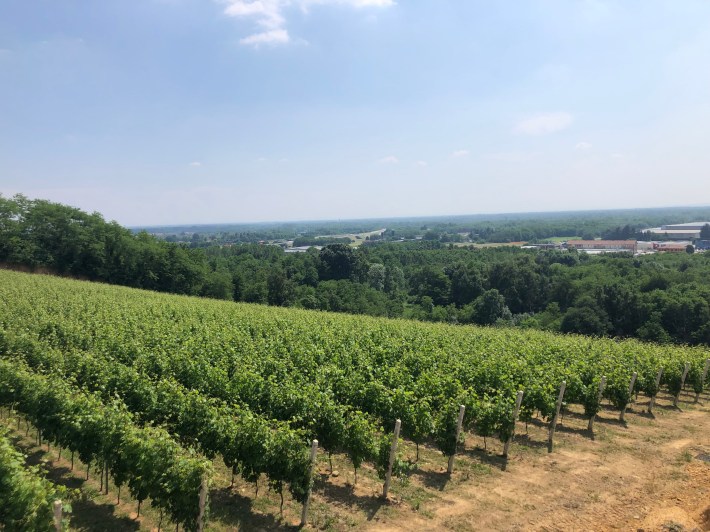
On the Nebbiolo front, the region features two DOCGs, Gattinara and Ghemme, and nine DOCs: Boca, Bramaterra, Caremma, Colline Novaresi, Coste della Sesia, Fara, Lessona, Sizzano, and Valli Ossolane. There, Nebbiolo is often blended with indigenous varieties like Vespolina, Uva Rara, and Croatina to temper its acidity and soften the tannins. The finest wines match the aromatic nuances of their Langhe counterparts, but their structure reflects the cooler climates, alpine breezes, and higher altitudes. A mineral backbone tends to undercut these less tannic, more acidic, lighter-bodied wines.
Ghemme in Novara and Gattinara in Vercelli lie about 100 miles northeast of the Langhe, flanking the Sesia River’s east and west banks. The wines were considered finer than the Langhe’s during their post-World War II heyday. Locals have harvested Nebbiolo, known locally as Spanna, for centuries. Like most of Europe, the 19th-century phylloxera epidemic decimated the region. Shortly after it regained momentum, the economic turmoil following World War II led locals to abandon the vines for factories and big cities. By the 1970s, the region was a shadow of its former self, but the late 20th century brought forth a brigade of ambitious next-generation winemakers eager to revive the viticulture. Today, both DOCGs call for at least three years of aging, including 24 months in oak for Gattinara and 18 for Ghemme. The Riservas require four years, with 36 months in oak for Gattinara and 24 for Ghemme.
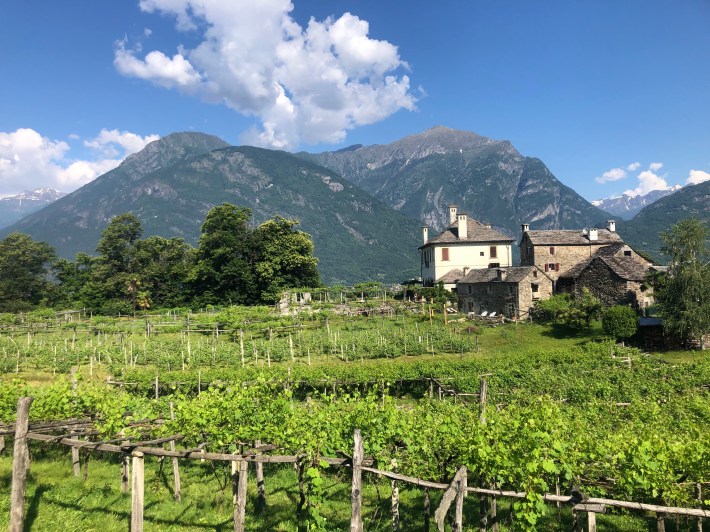
A Renaissance is underway in the Valli Ossolane DOC near Switzerland in Domodossola. Prünent, the local Nebbiolo clone dating back to the 14th century, was recovered in the 1990s. Pergolas envelop the hills, which reach just over 1,600 feet; the vines belong to both wineries and a new generation of micro-producers who have started revitalizing plots they’ve inherited. The less rigid aging regulations call for the Superiore version to age for 13 months (six in oak). Cantine Garrone, Edoardo Patrone, Villa Mercante, Cantina di Tappia, and Cà da l’Era are some producers of note.
Carema DOC, which borders the Aosta Valley, produces Nebbiolo from the Picotener clone in alpine terrain where the vines can reach as high as 2,000 feet. The medium-bodied wines bear a marked acidity and bright flavors; they age for 24 months (12 months in oak), while the Riserva calls for 36 months (12 in oak).
The remaining DOCs are further south, where the wines contain less Nebbiolo than their northern peers due to the warmer climate conditions.
Alto Piemonte producers of note: Alfonso Rinaldi, Ca' Nova, Castello di Castellengo, Cavallini Damiano, Costacurta, Enrico Crola, Francesca Castaldi, I Dof Mati, Il Corvo, Ioppa, Massimo Clerico, Mirù, Paride Chiovini, Pietraforata, Podere ai Valloni, Travaglini, and Tenuta Sella
Valtellina: Heroic Viticulture in Lombardy
Nebbiolo, or Chiavvenasca to locals, soars to new heights in Valtellina, a winding Alpine Valley in northern Lombardy that skirts Switzerland, stretching west to east from Lake Como to Tirano. Nebbiolo has blazed a trail in this region, where cultivation of the variety is believed to predate its arrival in Piedmont.
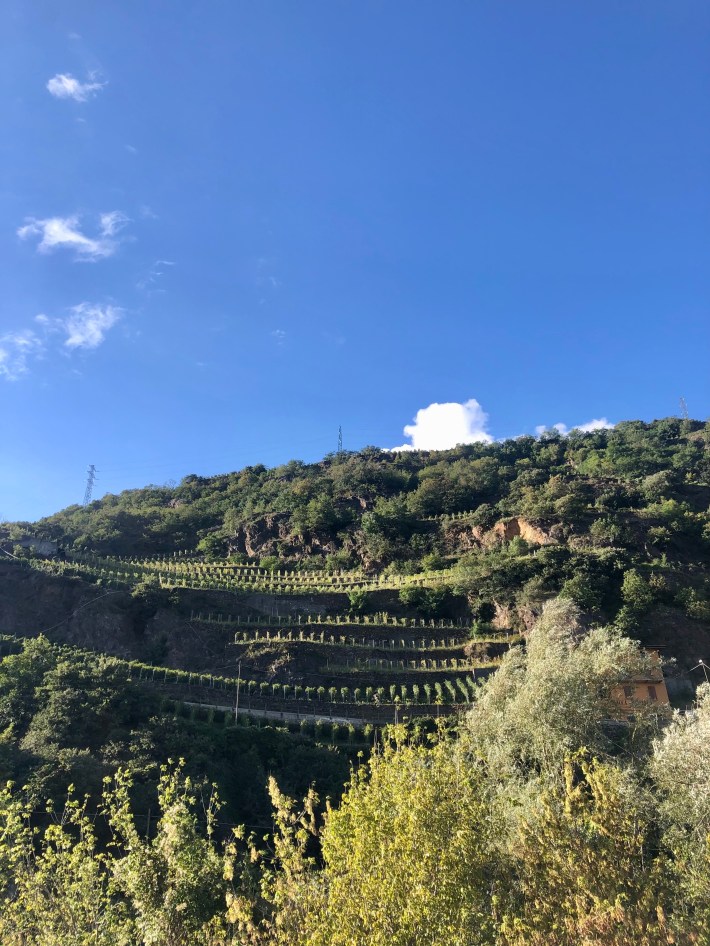
Dry stone wall vineyard terraces cling to the vertiginous, rocky slopes that reach as high as 2,500 feet. Winemakers don’t call their viticulture heroic for nothing–they work the dizzying gravelly, stony terrain manually. The rigorous process reaps elegant, age-worthy wines that hold their own alongside their Piedmontese counterparts. Nebbiolo from anywhere in the district can go into Rosso di Valtellina DOC, but the grape thrives in the two DOCGs.
Valtellina Superiore DOCG counts five subzones: Maroggia, Sassella, Grumello, Inferno, and Valgella. The medium to full-bodied wines must contain at least 90% Nebbiolo; Pignola, Rossola, and Prugnola are some of the indigenous varieties permitted in the blend. The Superiore version ages for at least two years (one in oak), and the Riserva ages for at least three (one in oak).
Sforzato or Sfursat is to Valtellina what Amarone is to Valpolicella, though it’s relatively lesser known. Semi-dried, extra-ripe, high-sugar grapes provide the base for this velvety, concentrated dry passito. The DOCG wine ages at least 20 months (one in oak) and requires a minimum ABV of 14%. A powerful wine, Sforzato can easily age for 20 years.
Valtellina producers of note: Agrilu, Aldo Rainoldi, Ar.Pe.Pe, Barbacan, Cantina Menegola, Cantina Riter, Dirupi, La Perla, La Spia, Le Strie, Nera, Nino Negri, Orto Tellinum, and Sandro Fay
